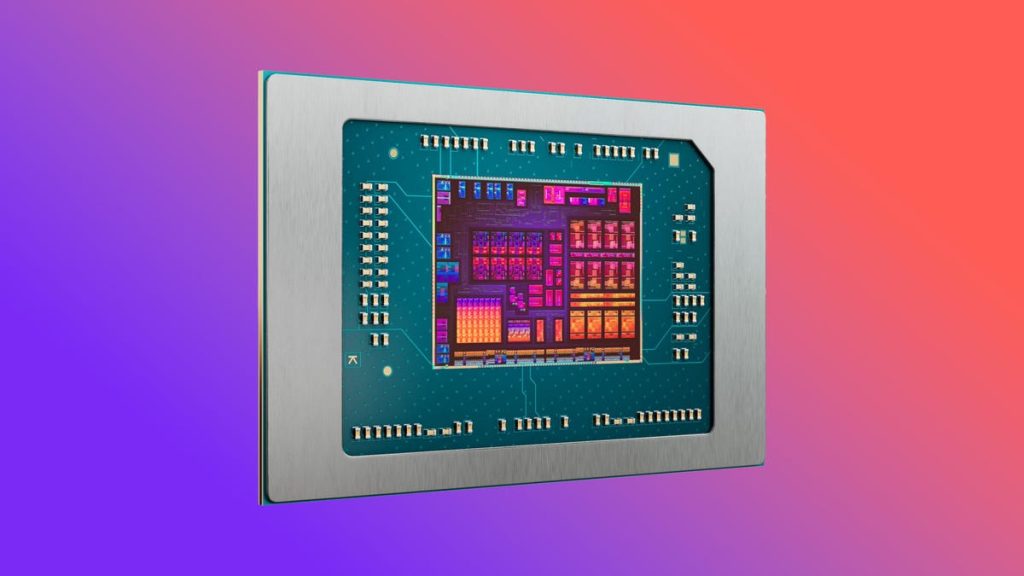AMD has announced new mobile CPUs featuring a third-generation neural processing unit (NPU) called XDNA 2, offering up to 50 TOPS of performance. These processors, part of the Ryzen AI 300 series, incorporate the NPU along with the new Zen 5 architecture and an upgraded integrated GPU called RDNA 3.5. The launch includes two flagship parts, the Ryzen AI 9 HX 370 and Ryzen AI 9 365, with varying core configurations. The new chips are designed to cater to a wide range of laptops, with power draws ranging from 15 watts to 54 watts, allowing manufacturers more flexibility in defining the overall power draw of their systems.
The Ryzen AI chips maintain the same naming conventions as previous AMD processors, with modifiers such as HX now indicating the market tier rather than power-consumption class. The new Zen 5 CPUs seem to be split into 4nm Zen 5 cores and 3nm Zen 5c cores, though AMD has not provided details on the architecture. The chips are designed to offer performance improvements generation-over-generation and are intended to be used in laptops across various sizes and power requirements. The integrated GPUs in the Ryzen AI 300 series have seen some improvements, with the introduction of the Radeon 890M with 16 compute units, increasing the maximum number available.
AMD has also unveiled the Ryzen 9000 X series desktop processors using the Zen 5 architecture. These processors are compatible with the AM5 socket, allowing them to be used as upgrades for older systems. Additionally, new motherboards incorporating the X870/X870 chipsets offer features such as USB 4.0, PCIe 5, and higher speeds for AMD’s EXPO overclocking profiles. The new processors, including the Ryzen 9 9950X, Ryzen 9 9900X, Ryzen 7 9700X, and Ryzen 5 9600X, will be available starting in July 2024.
The NPU performance of AMD’s new CPUs has surpassed that of competitors like Qualcomm and Microsoft, with the Ryzen AI chips offering up to 50 TOPS of integer math performance. This is particularly useful for tasks like summarizing, drafting, background removal in videoconferences, and more. AMD’s NPU also supports block floating point, allowing for the compression of 16-bit floating point values without losing accuracy. Most existing applications that incorporate AI features utilize 16-bit floating point calculations, making this feature beneficial for a wide range of consumer applications.
The new Ryzen AI processors exemplify AMD’s commitment to innovation in AI acceleration and performance for laptops and desktops. By incorporating third-generation NPUs, upgraded CPUs, and integrated GPUs, AMD is positioning itself as a leader in the AI processor market. The flexibility of these chips, with power draws ranging from 15 watts to 54 watts, allows for a customizable approach to system power requirements. With the introduction of the Ryzen 9000 X series desktop processors, AMD is also catering to the desktop market with high-performance options using the Zen 5 architecture and new features like USB 4.0 and PCIe 5.


